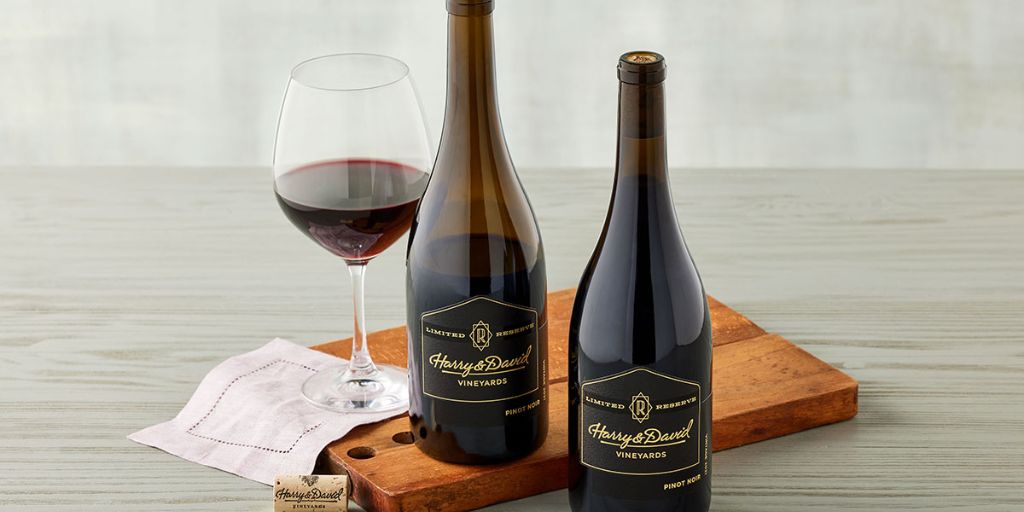Among the world’s most celebrated and enigmatic grapes, Pinot Noir holds a special place. Revered for its elegance, complexity, and ability to express terroir, Pinot Noir wines enchant enthusiasts with their delicate aromas and silky textures. Yet this grape is also famously challenging to cultivate and vinify, making every great bottle a testament to skill and patience.
Whether you’re a curious beginner or a seasoned wine lover, understanding Pinot Noir’s unique story and characteristics can deepen your appreciation of this noble variety. This article offers a comprehensive exploration of Pinot Noir, from its origins to its signature style and notable regions.
Origins and History of Pinot Noir
Pinot Noir is one of the oldest known grape varieties, with origins tracing back over 2,000 years in the Burgundy region of France. The name “Pinot” likely derives from the French word for pine cone, reflecting the shape of the grape clusters.
Historically, Pinot Noir was prized for its ability to reflect the nuances of its growing environment—soil, climate, and viticulture practices—making it the quintessential terroir grape. It was the cornerstone of Burgundy’s great red wines and eventually gained fame worldwide as winemakers in regions from California to New Zealand embraced it.
The Grape’s Characteristics
Pinot Noir grapes are small, tightly clustered, and thin-skinned. These physical traits contribute to several defining qualities:
-
Thin skin: Leads to lighter color and tannin levels than other reds, producing wines with a pale ruby hue and softer mouthfeel.
-
Small berries: Result in concentrated flavors and aromas but also increase susceptibility to diseases.
-
Tight clusters: Prone to rot and require vigilant vineyard management.
The delicate nature of Pinot Noir means it demands precise attention in the vineyard and winery to avoid faults.
Growing Challenges
Pinot Noir is often described as a “winemaker’s grape” because of its difficulty. It is sensitive to climate variations and soil differences, with a narrow window of ripeness.
Climate Sensitivity
Pinot thrives in cooler climates where it can maintain acidity while developing complex aromatics. Too much heat results in overripe fruit, loss of acidity, and flabby wines. Conversely, too cold can delay ripening, leading to green flavors.
Disease Vulnerability
Its thin skins make it susceptible to rot and mildew, necessitating careful canopy management and timely harvest.
Yield Management
Low yields are often needed to concentrate flavors and maintain quality, increasing production costs.
Tasting Profile and Style
Pinot Noir wines are prized for their finesse and complexity. Typical tasting notes include:
-
Aromas: Red fruits (cherry, raspberry, strawberry), floral notes (rose, violet), and earthy nuances (mushroom, forest floor).
-
Flavors: Bright red berries, hints of spice (clove, cinnamon), and subtle herbal or mineral undertones.
-
Texture: Silky, with smooth tannins and medium acidity.
-
Color: Usually pale to medium ruby, lighter than many other red wines.
The balance between fruit, earthiness, and acidity creates a wine that’s both elegant and food-friendly.
Major Pinot Noir Regions
Burgundy, France
The spiritual home of Pinot Noir, Burgundy’s patchwork of vineyards is world-renowned for producing some of the finest and most expensive Pinot Noirs. Famous appellations include Côte de Nuits villages such as Gevrey-Chambertin, Vosne-Romanée, and Chambolle-Musigny.
The region’s limestone soils and continental climate contribute to the wine’s minerality, complexity, and aging potential. Burgundy Pinot Noir is characterized by layers of red fruit, floral elegance, and earthy depth.
Willamette Valley, Oregon, USA
Oregon’s Willamette Valley has gained international acclaim for producing vibrant and nuanced Pinot Noirs. The region’s cool, maritime climate mirrors Burgundy’s, offering bright acidity and pure fruit flavors.
Wines here often display ripe cherry and raspberry notes with subtle spice and a smooth texture, making them approachable yet complex.
Central Otago, New Zealand
As one of the southernmost wine regions globally, Central Otago offers intense sunlight and cool nights, perfect for growing Pinot Noir. The wines tend to be fruit-forward, with pronounced cherry, plum, and smoky notes.

Sonoma Coast and Russian River Valley, California, USA
California’s cooler coastal regions are well-suited to Pinot Noir, producing rich, fruit-driven wines with velvety tannins and layered complexity. These wines can range from lush and ripe to more restrained and elegant depending on the site.
Food Pairing with Pinot Noir
Pinot Noir’s moderate tannins and bright acidity make it incredibly versatile with food. It pairs wonderfully with:
-
Roast chicken or turkey
-
Duck and other game birds
-
Grilled salmon or tuna
-
Mushroom dishes, thanks to its earthy undertones
-
Soft cheeses like Brie or Camembert
Its elegance and moderate body mean it rarely overwhelms dishes, enhancing the overall dining experience.
Aging Potential
While many Pinot Noirs are enjoyable young, top-quality examples from Burgundy and select New World regions can age gracefully for 10 to 20 years or more. With time, the wines develop tertiary aromas like leather, truffle, and dried fruit, adding complexity and depth.
Conclusion
Pinot Noir stands out as one of the world’s most captivating and challenging grapes, prized for its elegance, aromatic complexity, and ability to express its terroir.
Whether sourced from the legendary vineyards of Burgundy, the innovative growers of Oregon, or the dynamic producers of New Zealand and California, Pinot Noir offers a wine experience rich in subtlety and charm.
For wine lovers seeking finesse, history, and a touch of mystery, Pinot Noir remains a perennial favorite worth exploring deeply—sip by silky sip.


